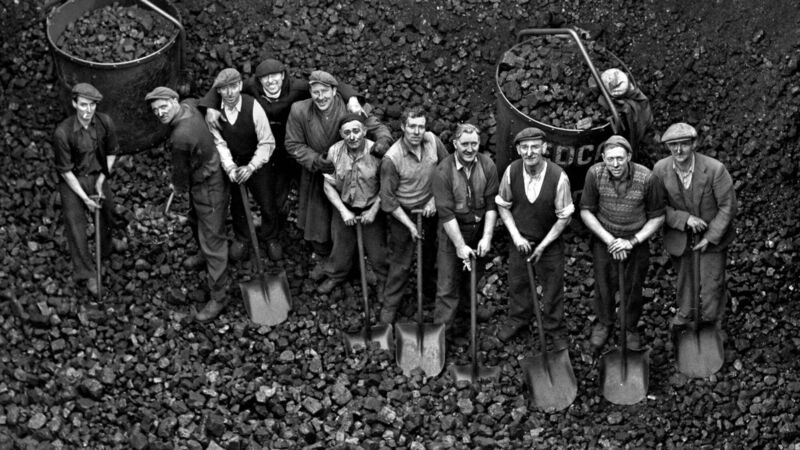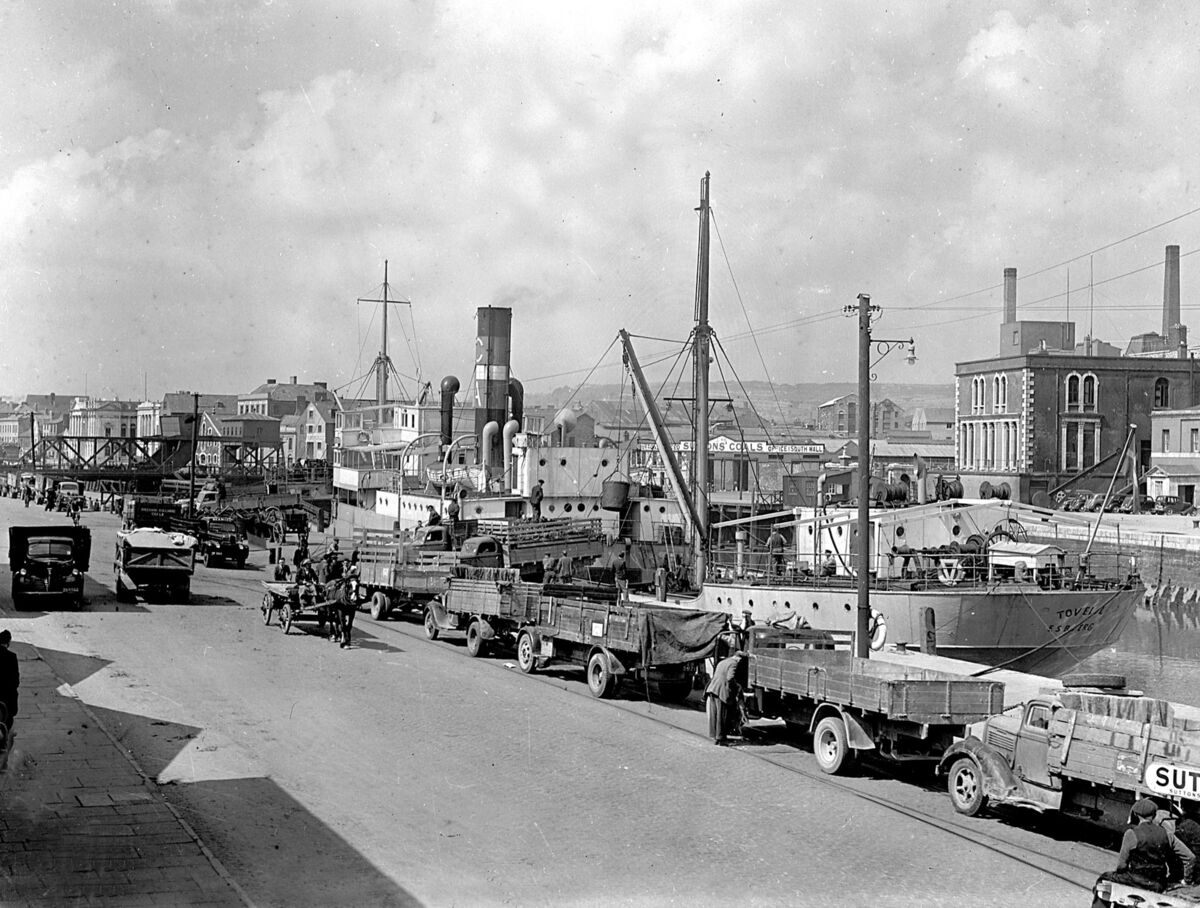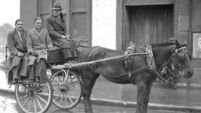The era when coal was king in Cork

BLACK MARKET: Dockers working on a coal boat at Cork quays in February, 1957s
FOR centuries, coal has heated Cork’s homes and powered its industry - an indication of its importance can be seen in the name of the city’s most famous quay.
For almost 80 years, coal was also the fuel that was required to pump water into the city’s homes and businesses.
Water for Cork’s population has been produced at the Lee Road water-works for more than 200 years, and in that time, various forms of power have been used to deliver it to storage reservoirs.
Water is abstracted from the River Lee and pumped to elevated storage reservoirs on the north-west of the city.
In the early 1800s, a water wheel provided the power to deliver water in very limited quantities to a reservoir adjacent to the plant. When Cork Corporation acquired the water-works in 1856, it was merely a Pumping Station.
Two reservoirs were built in 1858 and 1860 and the delivery of water to these required a vast amount of pumping. The water wheel was entirely dependent on the flow of the river, which would not be fully reliable.
With an expanding city and rising population, new pumping machinery was installed. The predominant source of power for this was steam coal.
Substantial quantities were required in the mid to late 1800s to satisfy the pumping demands of the mechanical equipment. In those years, the annual tender was for 2,500 tons. Today, that would be the equivalent of more than 1,000 bags of coal consumed on a weekly basis.
On June 3, 1887, the tender was advertised for the supply of 2,500 tons of Welsh steam coal in local and national papers. Seven firms tendered, four from Cork - Roberts & Co, James Harley & Co, City of Cork Steam Packet Co, and George Sutton & Co - as well as one from London and two from Cardiff.

The tender from The City of Cork Steam Packet Co, being the lowest, was awarded the contract. A sample supply of two tons would be sent to the Pumping Station to test its quality. When that was certified to the satisfaction of the Resident Engineer, the contract would be awarded. The tender price was 11 shillings per ton.
The coal would be delivered by horse and cart to the waterworks as and when required. The laneway leading to the plant was embedded with cobble stones so the horse would have a firm grip when transporting its load.
Upon arrival, each load was weighed on the adjacent weigh-bridge, and from there it was unloaded in a huge storage area adjacent to the boilers.
There was a huge amount of manual work involved and the cartage of coal was continuously going on throughout the day. Those employed at the waterworks at that time included a ‘coal trimmer’, whose work demanded that the coal pieces be as uniform as possible.
Vast quantities of steam coal were purchased so the pumps could deliver the required water supply. Between 1880 and 1885, nearly 14,000 tons was used. This was a big ticket item and the Waterworks Committee felt it could not be sustained long term.
In an effort to reduce coal consumption, Resident Engineer James W O’ Toole proposed two new turbines be installed. These would be driven by river water, entailing no energy costs.
This brought about a certain reduction in the volume of coal, and annual use fell to about 1,000 tons per year in the early 1900s.
It was still a much sought after contract by local and Welsh suppliers. Indeed, on June 8, 1921, correspondence was received from the Transatlantic Coal Export Co., New York, seeking to tender for the supply of coal to the Pumping Station.
In 1923, the contract was awarded to Suttons Ltd. to supply 600 tons at 41s.5d. per ton.
However, labour issues at Cork Docks held up the delivery of the coal. The Town Clerk reported to a special meeting of the Corporation that the supply of coal at the Pumping Station was running low and steps would be taken to acquire a temporary supply. He warned they had only a seven-day supply left, and the serious consequences if, through want of coal, the Pumping Station closed down and the water supply to the city and suburbs was cut off.
To overcome the shortage, the Resident Engineer acquired 100 tons from Jas. J. Murphy, Lady’s Well Brewery, and 80 tons from the Cork Mental Hospital. A further amount was received from the Muskerry Railway Co.
When Stephen Farrington became City Engineer in 1924, he proposed a new diesel pump be installed, to gradually eliminate the reliance on coal over time. This, with five new modern turbines, would satisfy the water demand of a growing city and coal would no longer be required.
In August, 1929, after the tender process, 400 tons of Welsh Screened Steam Coal was supplied to the Pumping Station by the Cork firm of Sheehan and Sullivan for £595. 2s. 10d.
With the arrival of electricity supply from the ESB in the early 1930s, coal was no longer required as a source of energy for the pumping equipment. And so, after nearly 80 years of labour-intensive work, delivering, storing and using such a vital utility finally came to an end.







